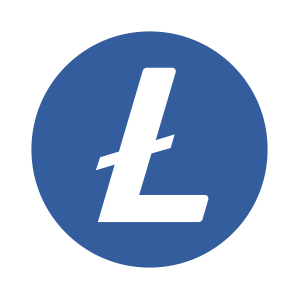| Coin Name | Prediction |
| By 2030, many analysts predict Bitcoin could range between $150,000 and $500,000, driven by halving cycles, institutional adoption, inflation hedging, and scarcity (only 21 million coins). However, extreme volatility, global regulations, and technological changes may drastically shift this. Realistically, expect wide fluctuations, not guaranteed exponential growth. |
| By 2030, Ethereum’s price could realistically range from $10,000 to $30,000, depending on factors like successful scaling (via rollups and sharding), mass adoption of Web3 and DeFi, institutional interest, and regulatory clarity. ETH’s deflationary nature post-merge adds long-term value. Still, market volatility and competition pose major risks. |
| By 2030, XRP’s price could range between $5 and $15, assuming Ripple wins more regulatory clarity, expands global banking partnerships, and achieves broader adoption in cross-border payments. However, its centralized control, ongoing legal challenges, and competition from CBDCs and other payment tokens may limit explosive growth. Caution remains essential. |
| By 2030, BNB could reach $1,000 to $3,000 if Binance maintains dominance in the crypto ecosystem, expands its DeFi, NFT, and blockchain services, and burns supply consistently. However, regulatory crackdowns on centralized exchanges and competition from other L1s could affect its growth. Long-term utility will be key to value. |
| By 2030, Solana (SOL) could trade between $500 and $2,000 if it maintains high-speed, low-cost transactions, grows its developer ecosystem, and avoids major network outages. Its success in NFTs, DeFi, and real-world applications like payments (e.g., with Visa) adds strong upside. Still, competition and reliability concerns remain challenges. |
| By 2030, Dogecoin (DOGE) could range between $0.50 and $2.00, driven by community support, potential integration in payments, and celebrity influence, especially from Elon Musk. However, its lack of real utility, inflationary supply model, and minimal development activity make it a highly speculative asset with uncertain long-term value. |
| By 2030, Cardano (ADA) could reach between $5 and $15 if it successfully delivers on its roadmap—scaling solutions like Hydra, broader smart contract adoption, and real-world utility through partnerships in education, identity, and governance. However, slow development, competition, and uncertain demand may limit or delay strong price growth. |
| By 2030, Sui (SUI) could be priced between $5 and $20 if it achieves mass adoption due to its high-performance Move-based blockchain, strong developer ecosystem, and real-world dApp utility. Its scalability and low fees are promising, but it’s still early-stage and faces tough competition from Solana, Aptos, and others. |
| Litecoin (LTC) price predictions for 2030 vary significantly. Some analyses suggest a conservative growth, potentially reaching around $145-$250, while more bullish outlooks forecast LTC could exceed $1,000, even reaching $1,200+. Key factors include broader crypto market adoption, regulatory developments, technological advancements (like network upgrades), and continued utility for fast, low-cost transactions. However, inherent market volatility means caution is advised. |
| Conservative estimates place DOT around $25-$55 by 2030, influenced by consistent network adoption and ongoing development. More optimistic outlooks suggest DOT could reach $60-$100+, driven by significant advancements like Elastic Scaling and the JAM protocol, increased parachain demand, and a thriving developer ecosystem |









